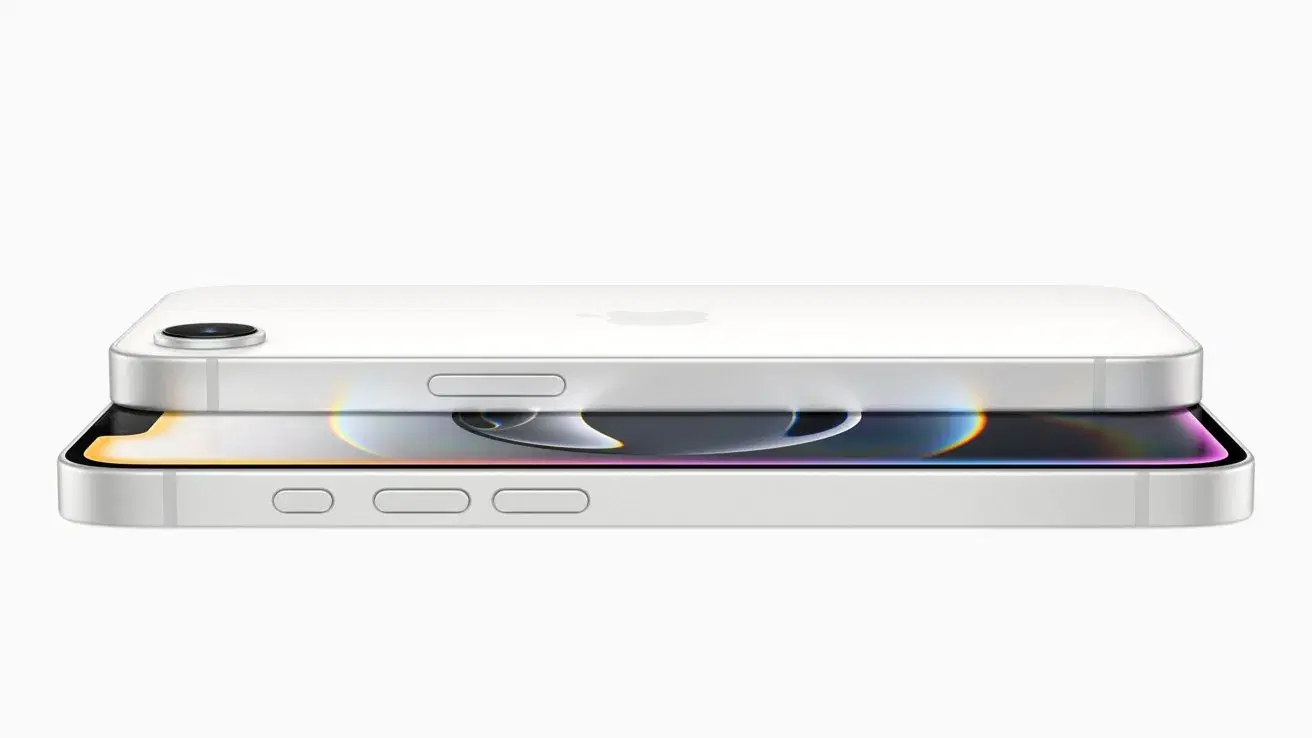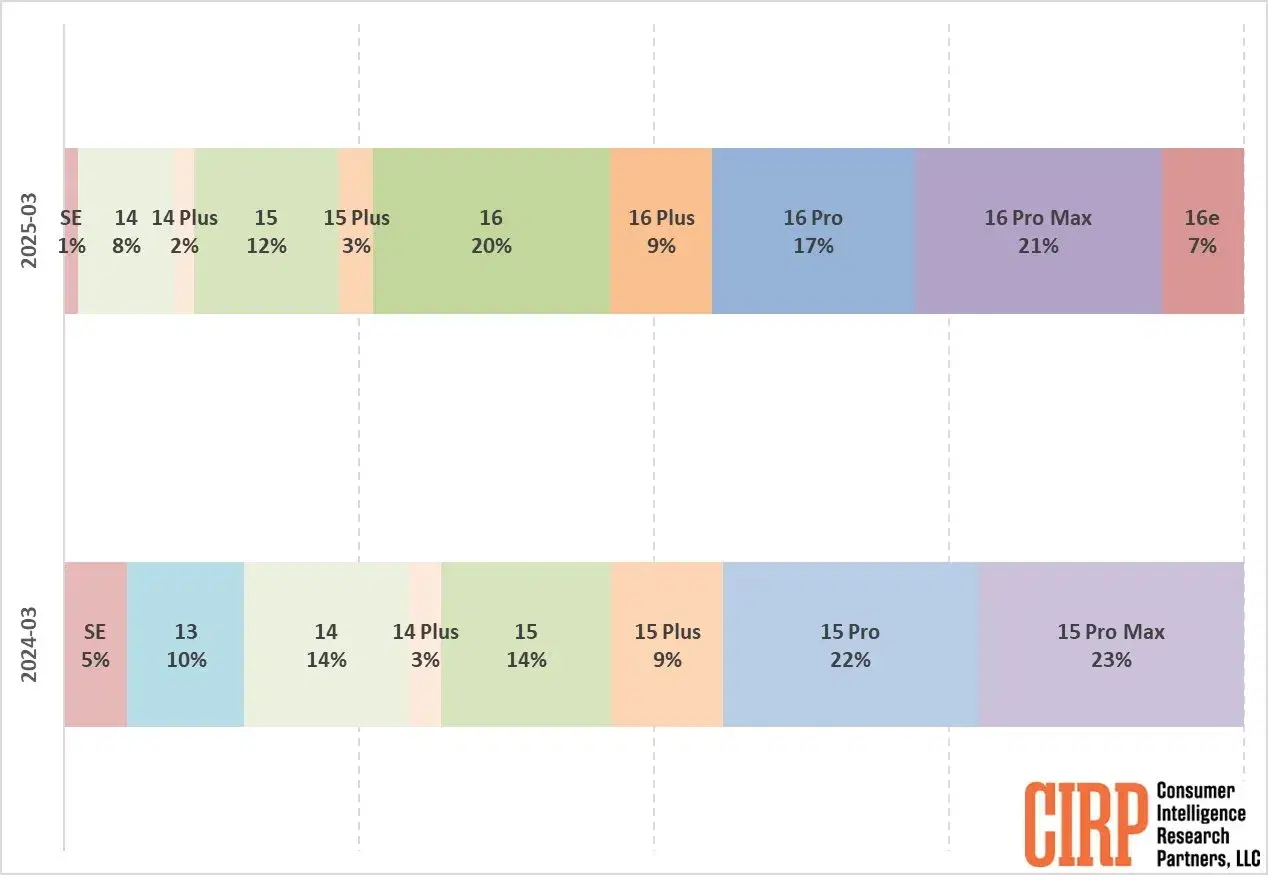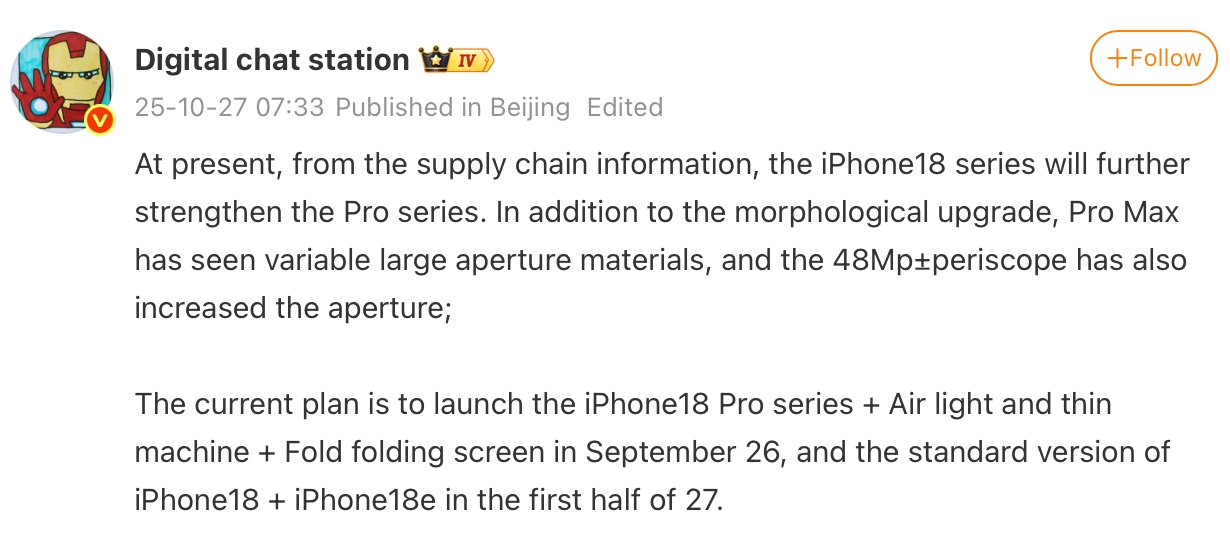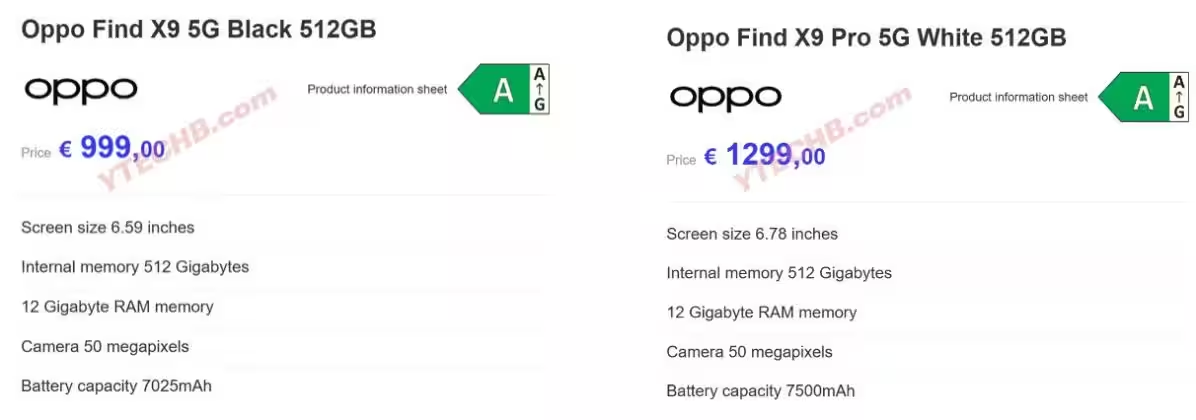The new iPhone 16e has launched more successfully than the iPhone SE 3

Apple has managed to shake up the affordable smartphone market: according to analyst firm CIRP, the iPhone 16e has made a strong start and surpassed sales of the third-generation iPhone SE at the time of its release. In the first quarter of 2025, the model accounted for 7% of all iPhone sales in the US, a significant contribution to the success of the iPhone 16e lineup.
This result is especially significant when you consider that all iPhone 16 models accounted for 74% of total iPhone sales in the U.S., compared to 68% for the iPhone 15 lineup a year earlier.
The iPhone 16 lineup’s share of total iPhone sales in the U.S. is a significant contributor to the success of the iPhone 16 lineup.
iPhone 16e displaces outdated models
Although CIRP doesn’t explicitly name a specific SE model, it’s obviously referring to the third-generation iPhone SE, released in 2022 and remaining relevant through 2024. But interest in it is now in sharp decline, with the share of «legacy» models (older than one year) in the sales mix falling to 26%, down from 32% a year ago.
The iPhone SE has long held its audience due to its familiar design – a physical home button, a compact screen and a shape rooted in the iPhone 6. But the iPhone 16e offers something different: a modern look similar to flagships, but with a price tag closer to the budget segment. That makes it especially attractive to users who want to stay on trend without overpaying.
Modern stuffing with compromises
iPhone 16e inherits the key features of the base model iPhone 16 – the A18 chip and 6.1-inch OLED screen. But concessions have been made to keep the price down, with Dynamic Island support, MagSafe, an ultra-wide-angle camera, and fast wireless charging missing.
The iPhone 16e is the first iPhone 16e to feature the A18 chip and 6.1-inch OLED screen.
Nevertheless, it’s this balance that makes the device attractive. It’s no longer a compromise in favor of archaic design like the SE, but a full-fledged modern smartphone with actual hardware.

Shifting interest to the mid-segment
Interestingly, sales of the base iPhone 16 also grew, accounting for 20% of all iPhone sales in the U.S. versus 14% for the base iPhone 15 a year earlier. Demand for the premium 16 Pro and Pro Max models, on the other hand, fell slightly, from 45% to 38%.
The 16 Pro and Pro Max models also saw a slight decline in demand, from 45% to 38%.
This shows an important trend: more and more users are opting for more affordable options that still offer the same features as most flagships.
What’s next: the future of the iPhone 16e and the fate of the SE series
Apple has yet to reveal whether the “e” model will become an annual tradition like the Pro lineup or follow a refresh cycle similar to the iPhone SE. Unless the company unveils the iPhone 17e in 2026, the current 16e will likely linger on the market as a more affordable alternative.
Apple’s current 16e will likely be delayed as a more affordable alternative.
One thing is clear: the bet on the iPhone 16e has been worthwhile. Apple has managed to close the mid-range niche where Android manufacturers have so far reigned supreme, while simplifying the device lineup and offering relevant technology at all price levels.






